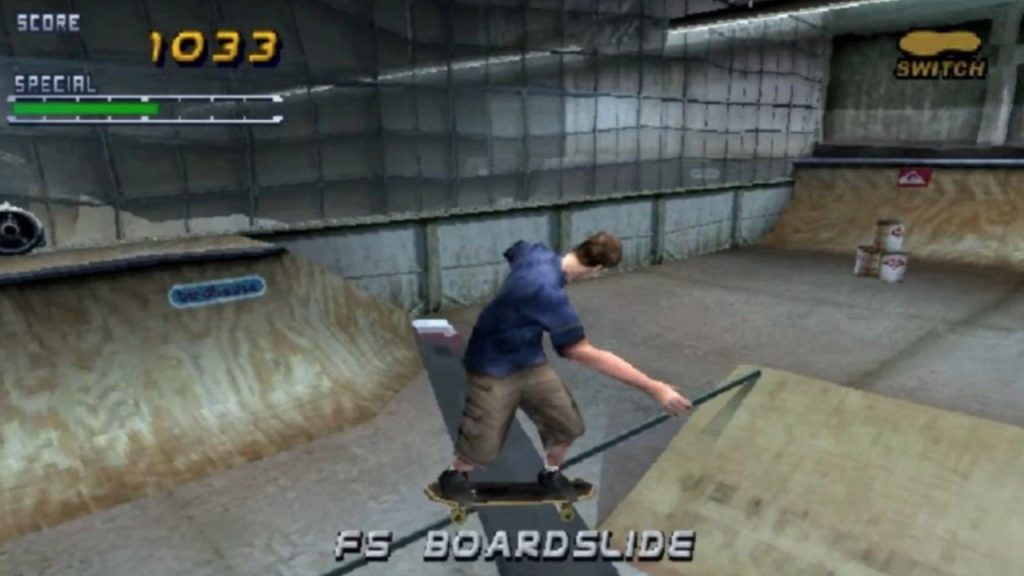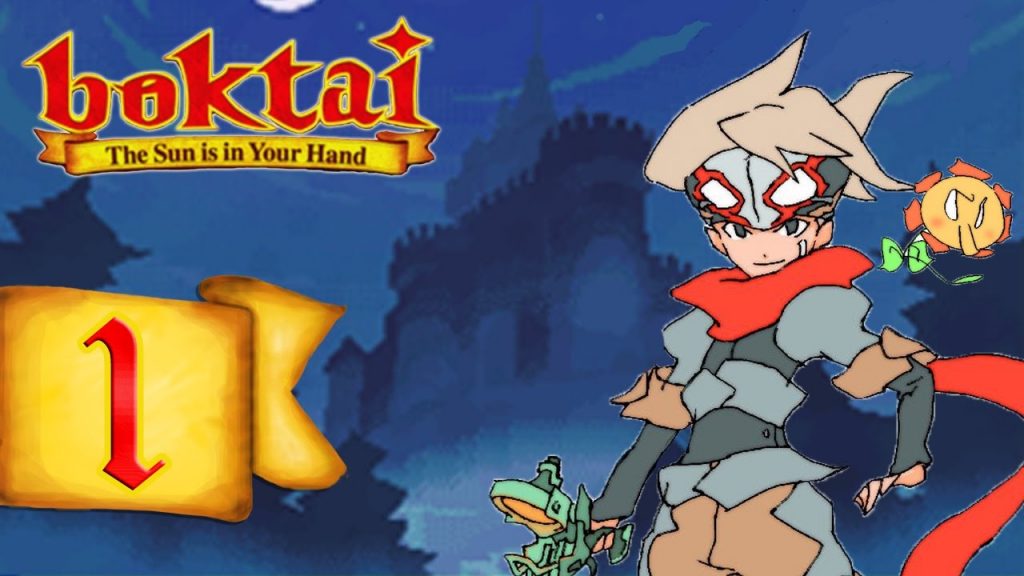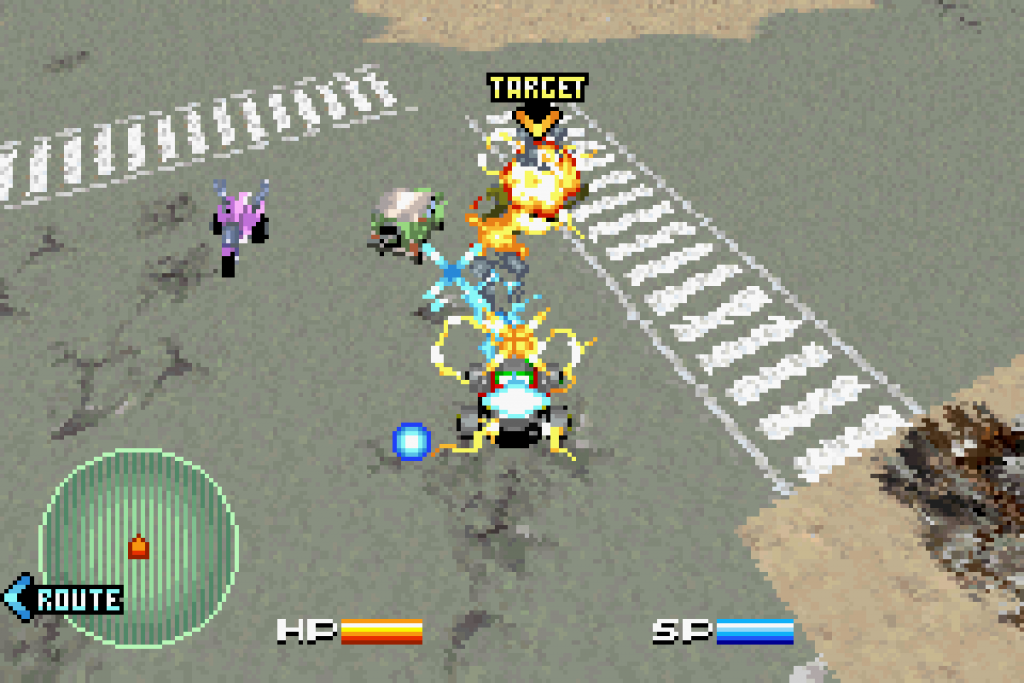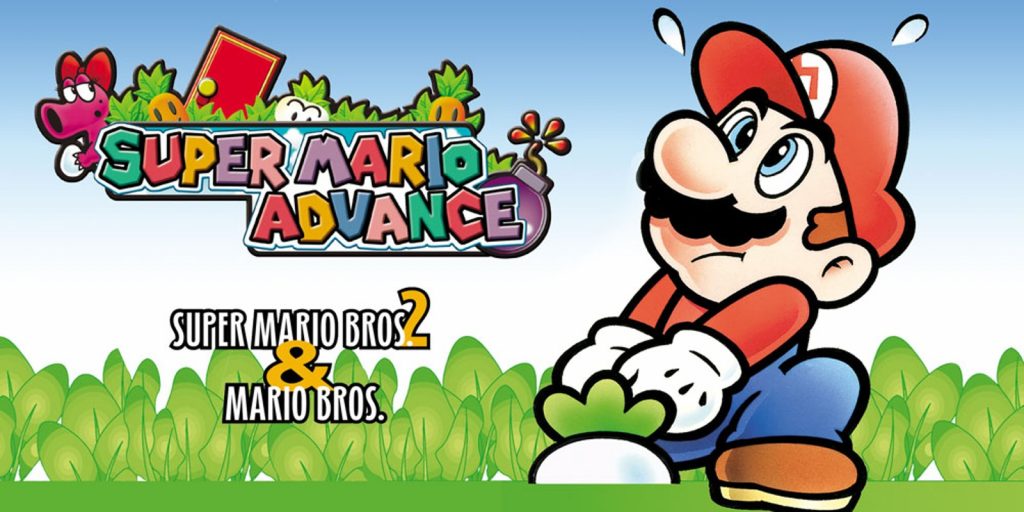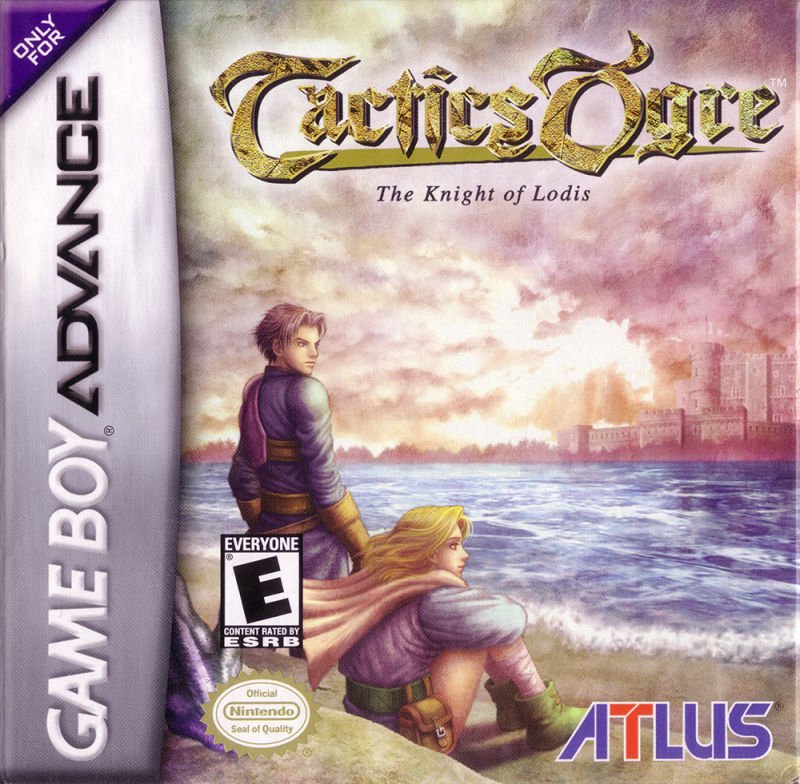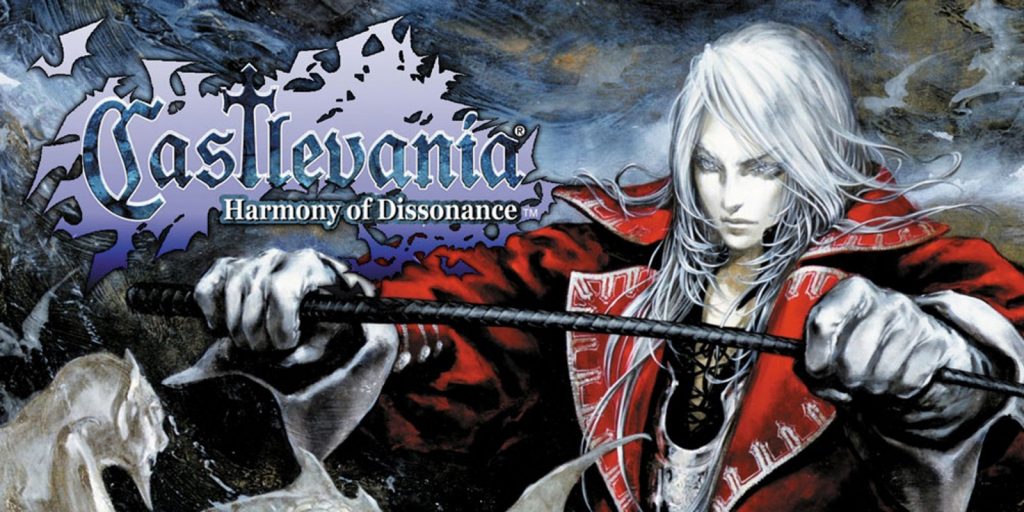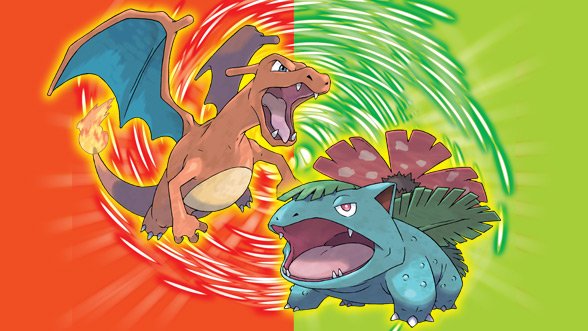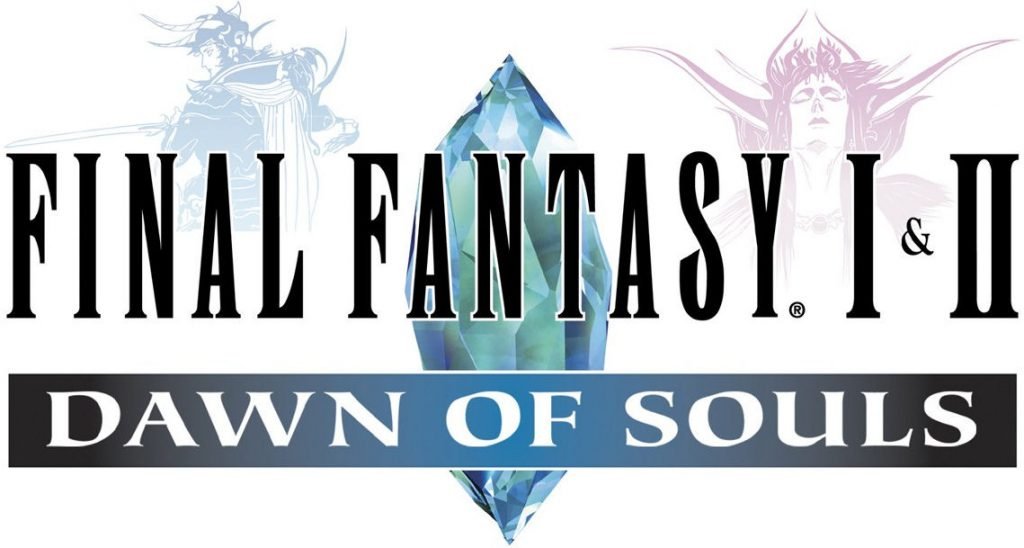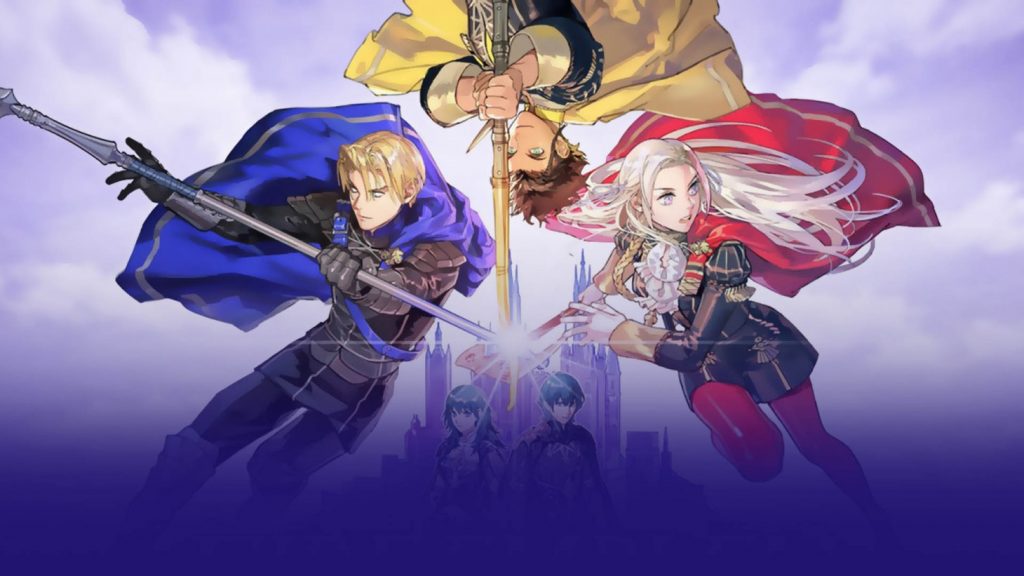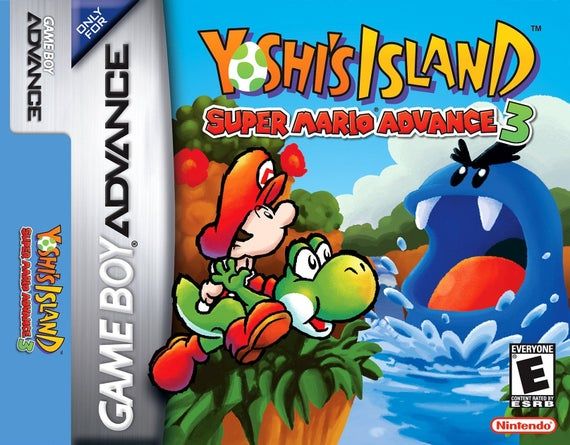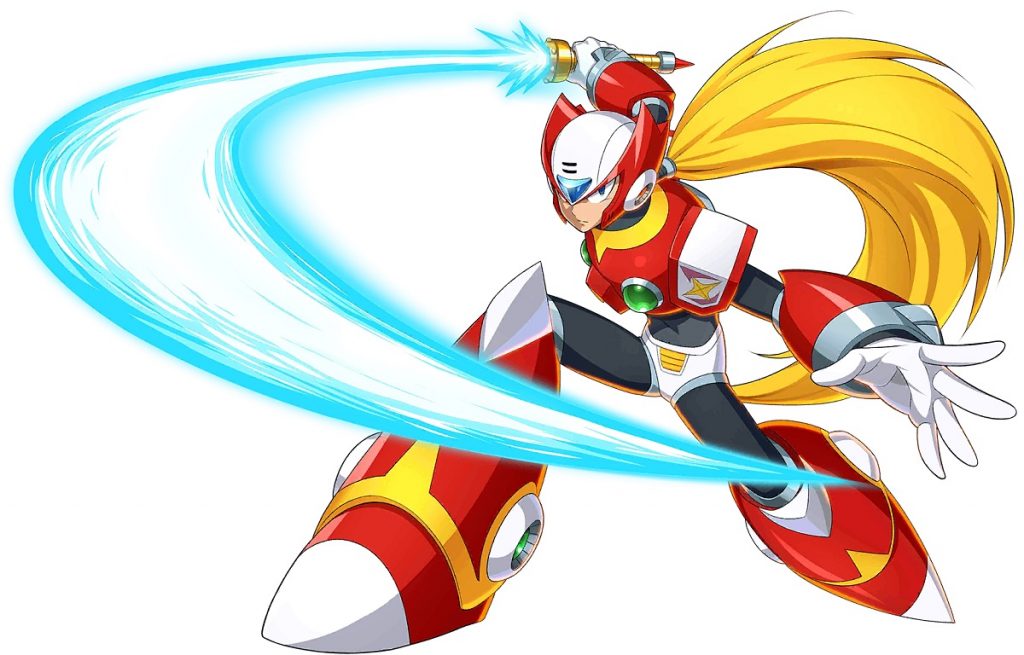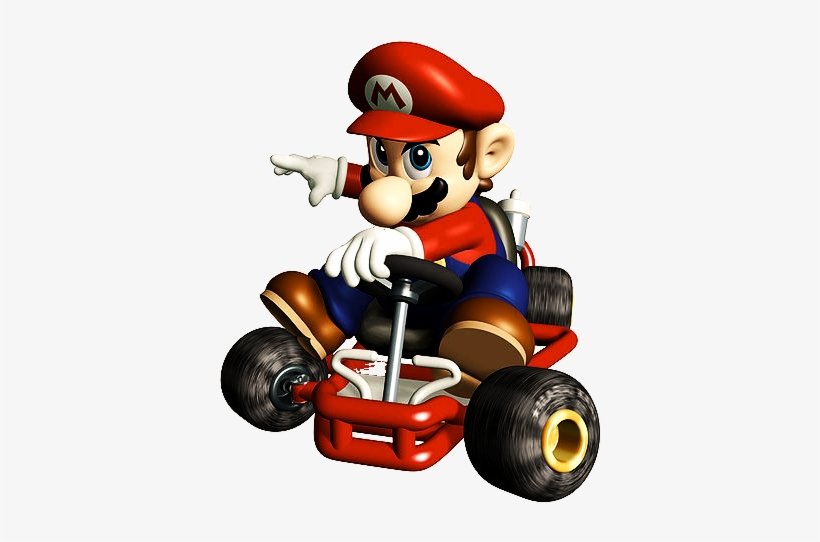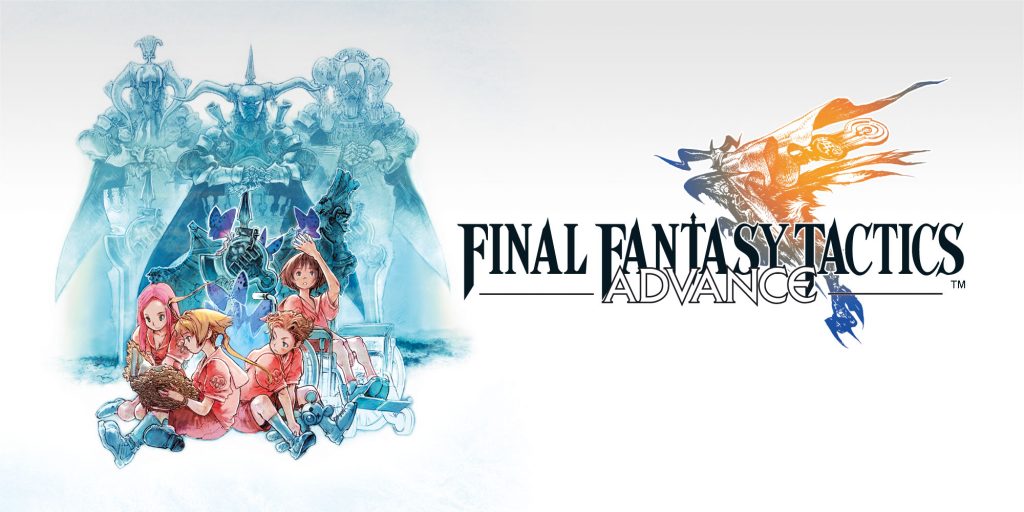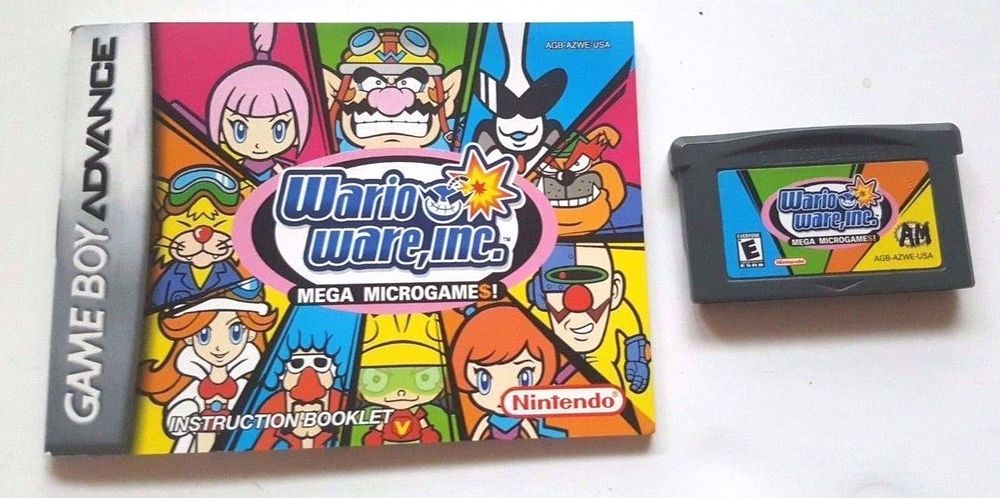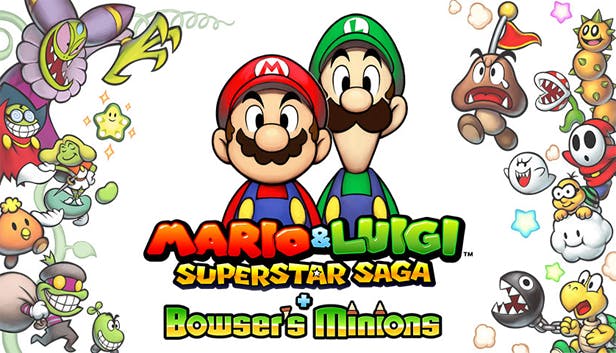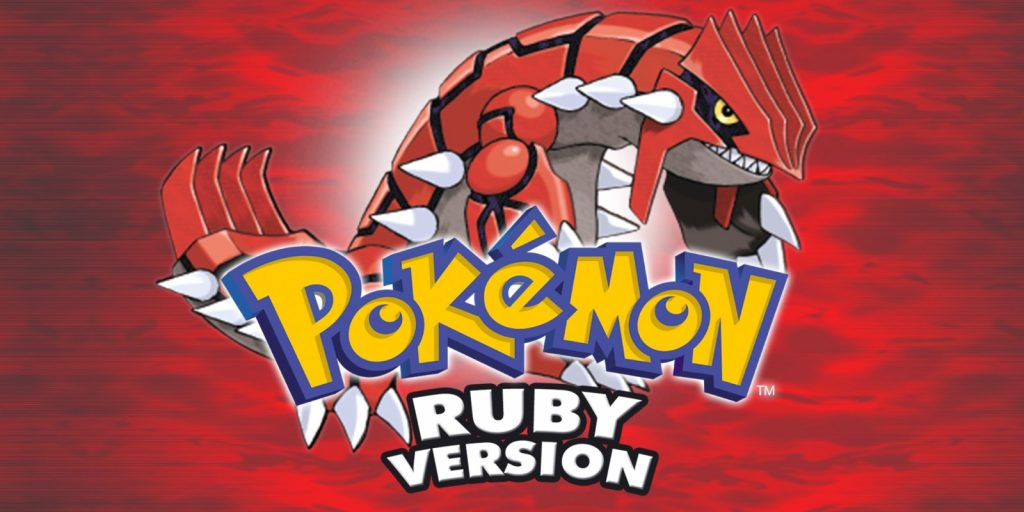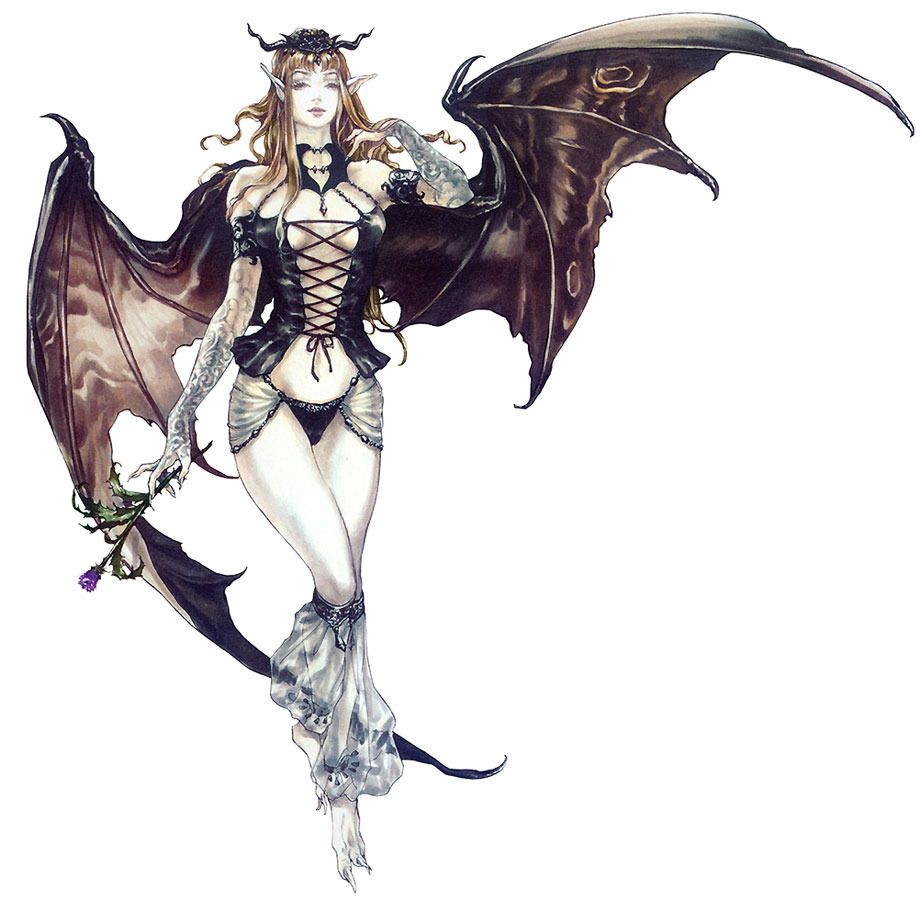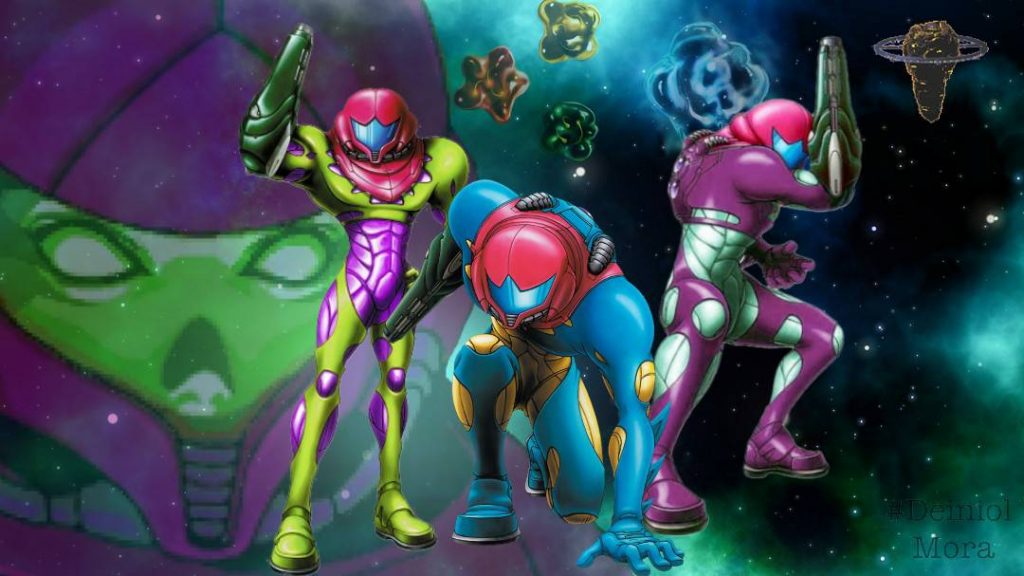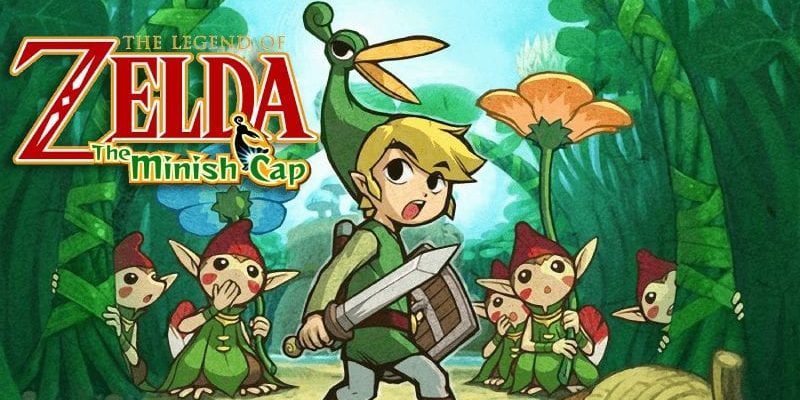The 21 Best Game Boy Advance Games of All Time
Here are the 21 greatest Game Boy Advance games. Many of these games still hold up remarkably well. Click on the link to check them out.
Author:Daniel BarrettAug 20, 20224854 Shares202252 Views
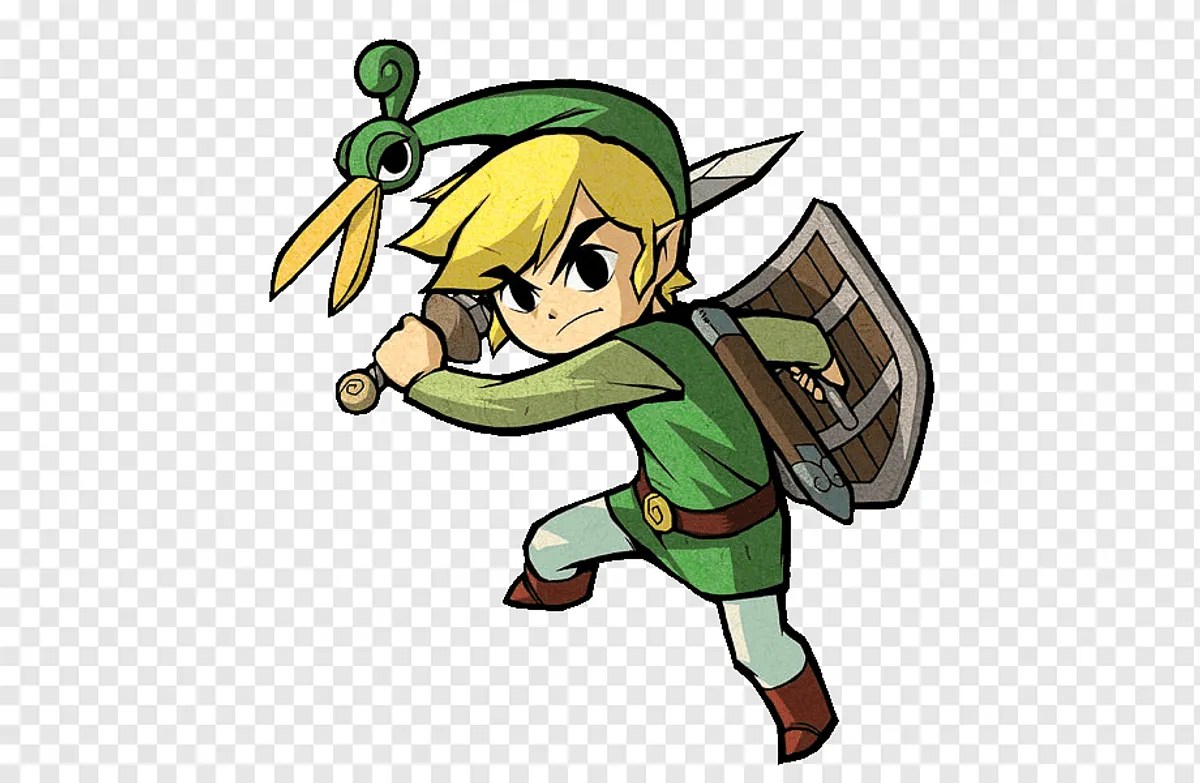
The Game Boy Advance had a brief yet beautiful heyday. Released in the summer of 2001 as the long-awaited full-color successor to the Game Boy line, developers quickly filled the handheld’s library with perfect ports of 16-bit classics and new games that epitomized the best parts of the Super Nintendo and Sega Genesis era.
Oh, the times, they are a-changing. When the Game Boy line of hardwaredebuted in 1989, the idea of a device that could play fully-fledged games on the go was revolutionary. Now we have cell phones that allow us to talk to others, stream video, play games, and look up facts (like what year the Game Boy debuted) in the palm of our hands. But let us never forget these dedicated little machines, or the last of its lineage, the Game Boy Advance (GBA).
This was the handheld that gave us amazing games like Boktai: The Sun Is In Your Hand, Advance Wars 2, and The Legend of Zelda: The Minish Cap. It had a wide range of third-party support, updated versions of SNES classics, and some of the most gorgeous sprites this side of Rainbow Road. The library spanned more than 1,000 titles, but we’ve combed through that extensive list to bring you the 25 best GBA games of all time. So even if you’ve got a phone that can do everything the GBA does and more, be sure to give these games some love.
But with the Sony PSP breathing down Nintendo’s neck, the company shifted focus to the Nintendo DS in 2004, just three years after the release of the GBA. Still, GBA games continued to trickle out in North America until 2008. Many of these games still hold up remarkably well.
Here are the 21 greatest Game Boy Advance games:
21. Tony Hawk’s Pro Skater 2
2001 | Vicarious Visions
The long-running Tony Hawk series did peak early with the second entry, which added bigger levels and more opportunities to connect tricks for huge combos. This was one of the biggest titles around the turn of the millennium, so obviously, Activision wanted to put a version of it on the GBA. Of course, because the handheld was just a little more powerful than a SNES, it couldn’t handle the 3D graphics of the PSX, N64, and Dreamcast versions.
The solution to this problem was ingenious. Vicarious Visions created large, static isometric levels that were nearly identical to the console versions. You could still skate around as a pixelated version of your favorite skater with complete freedom, and somehow the trick controls still worked pretty well on the tiny handheld.
20. Boktai
2003 | Konami Computer Entertainment Japan
There had never before been a game like Boktai before, and there may never be a game just like it again. The cartridge for this action RPG shipped with a light sensor that you had to charge in the sun to fill up your sunlight guns, which were used to fight vampires in-game. If you didn’t have any sunlight, you had to play Boktai like a stealth game and avoid enemies. Inputting your time zone would also affect the gameplay in various ways, including the time of day.
Produced by Metal Gear Solid creator Hideo Kojima, this is one of the most unusual, creative, and just plain fun handheld games released for any system. It’s just a shame that the light sensor means it can’t be ported to other systems.
19. The Pinball of the Dead
2002 | Sega
Sega has never been shy about shoving its House of the Dead zombies into new genres that don’t need the undead (see also The Typing of the Dead and Sega Superstars Tennis), but The Pinball of the Dead is easily the best example of a game made better by zombies. At its core, this is a re-telling of The House of the Dead 2 through three pinball tables. All of the tables here are fantastic, even better than a lot of what you’ll find in Pinball FX 2 today. The quick action of pinball is perfectly suited for a handheld, and you haven’t played pinball until you’ve hit a ball through a half-dozen undead creatures and into a giant zombie’s face. It’s a shame that the game has been largely forgotten since its release.
18. Car Battler Joe
2002 | Ancient
At its core, Car Battler Joe is a cutesy Twisted Metal RPG. There are only four car types available, but each can be outfitted with a huge number of weapons, and Overdrive features that can affect the speed and handling of your car. The story is pretty basic RPG fare, with slight Mad Max influences, but the 7-style battles are where the gameplay shines, and they still hold up pretty well today. Car Battler Joe has always been one of the more underrated games on the GBA, but at least now it’s readily available on the Wii U.
17. Super Mario Advance
2001 | Nintendo
The saga of Super Mario Bros. 2 is well known at this point. Nintendo thought the real Super Mario Bros. 2 in Japan would be too difficult for American gamers, so they took an unrelated game called Doki Doki Panic, slapped Mario, Luigi, Toad, and Princess Peach onto it, and called it a day, confusing the hell out of American kids in the late ‘80s who wanted to know what happened to the goombas and fire flowers from the first game.
Because the gameplay is so different, Super Mario Bros. 2 has received a lot of criticism over the years. It’s not a bad game at all though, and the tweaks in this GBA remake, like better graphics and a new boss, easily make it the best version of this misunderstood classic.
16. Tactics Ogre: The Knight of Lodis
2002 | Quest
The Final Fantasy Tactics series might get all the glory, but without many of those developers cutting their teeth on the Ogre Battle and Tactics Ogre series, there would never have been Final Fantasy Tactics. Knight of the Lodis was the last entry released in the epic fantasy series, with more classes and more customization than any of its predecessors. A deep story focusing on military and royal intrigue, with five different endings (that could change depending on several choices throughout the lengthy story), makes Lodis one of the most replayable games on the GBA.
Sadly, developer Quest was absorbed into Square Enix soon after completing The Knight of Lodis, and while many key team members worked on later Final Fantasy Tactics games, Square has shown little interest in completing the Ogre Battle saga.
15. Castlevania: Harmony of Dissonance
2002 | Konami Computer Entertainment Tokyo
Harmony of Dissonance was the second of three Castlevania games released on the GBA. It’s easily the weakest of the trio, but still pretty good, taking heavy inspiration from the gameplay of Symphony of the Night. Unfortunately, the game focused too much on trying to apologize for the first GBA entry, Circle of the Moon. That game was criticized for being too dark on the original GBA, which lacked a backlight, so Harmony of Dissonance had bright, detailed graphics. Unfortunately, that meant less processing power was available for music. The soundtrack sounds like it belongs in an NES game, but it still has a certain charm.
The important thing is that Juste Belmont’s dash and spell-heavy attacks have held up well over the years, and the additions of a boss rush mode and a second playable character give Harmony of Dissonance some of the stronger replay value in the series.
14. Pokemon FireRed/LeafGreen
2004 | Game Freak
You can’t talk about the best games on a Nintendo handheld without including Pokemon games. Nintendo’s first Pokemon entries on the GBA, Ruby, and Sapphire are fine games in their own right but still felt a little disappointing compared to the previous entries. Those games are best experienced through their recent 3DS remakes.
But FireRed and LeafGreen are the real stars of the GBA era. These are remakes of the very first Game Boy Pokemon games, but with actual color and animation during battles. And once you beat the game, you can import Pokemon from Ruby and Sapphire. Nintendo brought the original Game Boy Pokemon games to the 3DS eShop recently, but the world needs these games on there too with the ability to transfer GBA pocket monsters directly into the 3DS games.
13. Final Fantasy I & II: Dawn of Souls
2004 | Square
Let’s be honest: a lot of NES games have not aged well. The original Final Fantasy, in particular, is slow, plodding, and overly difficult if you try to play it in its original 8-bit form. Dawn of Souls fixed all of those problems with better pacing, faster combat, and beautiful 16-bit style graphics. There are even four additional dungeons thrown in for good measure and of course Final Fantasy II, which was never released on the NES in North America.
These are simpler games than Final Fantasies IV–VI, which was also released on the GBA, but that’s part of the charm that makes them perfectly suited for portable gaming. These are among the best games to play in short spurts on the go, while the later games require quite a bit more focus. Pick up the later titles if you want to sit down with your GBA for a few hours. Get this to play while waiting in line somewhere.
12. Fire Emblem
2003 | Nintendo
Fire Emblem may be a household name in North America now, but Nintendo stubbornly refused to localize the games for years. This is the seventh game in the Fire Emblem series overall, but the very first released in the U.S. That doesn’t make the game any less understandable, however, and the deep strategy gameplay, in all of its difficult permadeath glory, is still on full display here.
The recent 3DS entries in the series may be more accessible (and they certainly look a lot better), but this is still a great game to go back to see the history of the series and explore its strategy RPG roots.
11. Super Mario Advance 3: Yoshi’s Island
2002 | Nintendo
Yoshi’s Island was first released on the SNES in 1995 when 3D graphics were starting to take off, thanks to the original PlayStationand the Sega Saturn. Unfortunately, that meant that its hand-drawn art style wasn’t fully appreciated at the time, but the 2002 re-release on GBA gave the game a new lease on life to be appreciated as one of the greatest platformers of all time.
This port crops the screen a little to fit the GBA’s display but makes up for it by adding eight fantastic new levels to a game that was already approaching perfection, to begin with. Nintendo has repeatedly tried to surpass this game with Yoshi sequels over the years, but still, nothing comes close to the original masterpiece.
10. Mega Man Zero
Battle Network might have been Mega Man’s most popular (or at least prolific) reimagining on the GBA, but it wasn’t the only one. Taking a darker bent than its Pokemon-inspired sister franchise, the Mega Man Zero games were set a full century after the Mega Man X series, with an amnesiac Zero fighting alongside a resistance group in a post-apocalyptic, robot-filled hellscape.
While the Zero series kept most of Mega Mans’s trappings – big side-scrolling levels, bosses hiding behind retracting doors – it introduced a lot of its own touches, like weapons that leveled up with use and collectible, Pokemon-like creatures called Cyber-elves that could enhance Zero’s abilities. It was also extra-hard, even by the standards of older Mega Man games. Despite this, Zero proved popular enough to get three sequels on the GBA. The first game is generally regarded as the best though, so it’s the one we’re singling out here
9. Mario Kart: Super Circuit
It’s hard to imagine a Nintendo system without a Mario Kart game, but Super Circuit was quite the trailblazer when it hit the GBA. Kart games had been hit or miss on previous consoles and this was Nintendo’s first attempt at translating the console hit to a smaller screen. Despite those doubts, Super Circuit encapsulated that classic gameplay by combining new ideas with much of what made previous entries great.
The racing was the same simplistic car combat that featured racers blasting one another with shells and banana peels, and the race tracks were just as familiar. The game had 20 new tracks, but it earned the Super in the title by recreating all 20 courses from the original Super Mario Kart. And while the pre-rendered graphics haven’t aged too well, the racing remains as tight as ever.
8. Final Fantasy Tactics Advance
Most of us probably would’ve been happy if this had been a straight handheld port of the PlayStation’s Final Fantasy Tactics, but Square Enix wasn’t about to stop at that. Instead, Final Fantasy Tactics Advance gave us a Never-ending Story-Esque plot about a group of kids from the real world who get magically transported to the land of Ivalice and must then raise an army and fight to eventually return home.
Tactics Advance wasn’t just a new story with brighter colors, either. It expanded the original Tactics roster of character jobs from 20 to 34 and added the restrictive Judges, who’d show up before every battle to enforce absurd rules meant to keep you from relying too much on one strategy. Rather than riding the coattails of the original, it distinguished itself in all kinds of interesting ways, quickly becoming a must-have for any strategy fan with a GBA.
7. Astro Boy: The Omega Factor
We’ve brought up our love for this game before, but it bears repeating because Astro Boy: The Omega Factor is fantastic. A product of the combined efforts of 2D-gaming gods Treasure and Crazy Taxi creators Hitmaker, Omega Factor was enormously fun, deep, and generally much better than any cartoon-licensed game has a right to be. That’s partly because Omega Factor wasn’t a licensed game in the strictest sense.
It featured Astro Boy and his usual cast of supporting characters, but produced an entirely new, surprisingly dark story that revolved around time travel and included just about every character ever invented by legendary Astro Boy creator Osamu Tezuka. The actual gameplay was great as well, mixing platforming, brawling, and space-shooting, frequently all at the same time. Given that the GBA was host to a seething mass of (mostly) mediocre licensed games, it’s not a stretch to call this the best one on the system.
6. WarioWare, Inc: Mega Microgame
If you’d told us when the GBA launched that one of its most enduring new franchises would be a series of random minigame collections starring Wario, we probably would have feared for the future. If you’ve played WarioWare, however, you already know just how endlessly fun the concept is: An assortment of microgames, each about 2-3 seconds in length, flashes before you in rapid succession.
The challenge comes from figuring each one out (usually from a one-word hint, like Pick!) before the time runs out, after which you move on to the next. While that might sound pretty bare-bones to someone who’s never played WarioWare (you know there has to be someone out there), the concept turned out to be rich in personality, with each microgame collection built around coherent characters, themes, and (simple) storylines. The microgames themselves, meanwhile, are hugely varied and numerous, and yet they’re usually weird enough to stick out in players’ minds for years afterward.
5. Mario & Luigi: Superstar Saga
Before the GBA rolled around, Mario had a proven track record with approachable, well-executed RPGs in titles like Paper Mario and Super Mario RPG. But when dev AlphaDream focused its efforts on making the first portable role-player for Mario, the team kept that core gameplay but added a whole new element that gave the game its unique edge. That X-factor was Luigi. The interplay between the brothers is fantastic, whether juxtaposing Mario’s courage with Luigi’s cowardice or using their numerous special abilities in and out of battle.
The two guys are as malleable as Silly Putty, and whether it’s Luigi squishing Mario to half his size, or Mario somehow turning Luigi into a surfboard, the title was exceptional because of those two working together. It was only improved by a top-of-the-line translation that always kept the game fun and a copious amount of Mario fan service. And don’t even get us started on the supremely awesome bad guy Fawful. Even though it stars the most familiar plumbers on earth, Mario & Luigi was one of the most original games the GBA saw.
4. Pokémon Ruby/Sapphire/Emerald
Many fans initially complained about Ruby and Sapphire’s incompatibility with Pokemon Gold/Silver, and for good reason–to date, they’re the only sequels in the main Pokemon series that don’t allow you to import your beloved Pokemon from the previous generation. However, this break in lineage allowed Game Freak to make massive additions and improvements to the game mechanics, and over time it proved to be a trade-off that was well worth it.
Ruby and Sapphire introduced more new features than any Pokemon game since, all of which are still integral to the series, including abilities, natures, double battles, and the refinement of the IV and EV system. While not being able to transfer your shiny Gyarados was a huge bummer at the time, we have Ruby and Sapphire to thank for the richness and depth we continue to enjoy in the series today.
3. Castlevania: Aria of Sorrow
Castlevania went through something of a renaissance on the GBA, which quickly proved to be the ideal platform for the series Metroid-inspired, exploration-centric action. Circle of the Moon was an amazing (if hard-to-see) launch game, and Harmony of Dissonance had some nice visuals, but Castlevania’s real pinnacle didn’t come along until Aria of Sorrow. Set in the year 2035, it focused on a new hero, Soma Cruz, who by the end of the game was revealed as nothing less than a reincarnation of longstanding series villain Dracula.
As, essentially, a reformed Dracula, Soma brought a unique approach to the action, in that he gained new powers and attacks by absorbing the souls of defeated enemies. He was also capable of things the previous GBA game’s whip-wielding heroes couldn’t do, like flying, summoning monsters, and shooting guns. Though, everything about Aria of Sorrow was an improvement over the previous games; the visuals looked better, the characters were more interesting, and the play was much more varied, making this easily the best installment of one of the GBA’s most iconic series
2. Metroid Fusion
As impressive as Metroid: Zero Mission was, it wouldn’t have existed if not for the success of Fusion. And even though it came before, Fusion was arguably even more impressive than Zero Mission. Chronologically the last game in the series, gave Metroid a little more personality than we’re used to, adding a secondary character – Samus’s computer, Adam – and a more coherent story that sees Samus set loose in a space-research station filled with evolving, creature-mimicking X-parasites.
Samus herself got a new look for the adventure, although there was more to it than just adding blue glop to her costume. An X-parasite infection early on in the story forces doctors to fuse her DNA with the baby Metroids. This grants her the ability to absorb parasites after destroying their host bodies, which in turn is key to earning new abilities. It was a more conventional turn for the series, but it was fun, and it helped make Fusion one of the greatest revivals of a classic series the GBA ever saw.
1. The Legend of Zelda: The Minish Cap
The Minish Cap is easily one of the most – if not the most – underrated and underappreciated entries in the entire Zelda series. Although it’s one of the few Zelda titles developed by Capcom rather than Nintendo itself, it completely nails what the series is best at, presenting a perfect balance of old and new that simultaneously feels like a Zelda game yet also sets itself apart as unique.
The overall structure of Minish Cap is wonderfully reminiscent of A Link to the Past (that in itself should speak volumes), while Link’s ability to shrink and explore the teeny-tiny world of the Picori feels novel. Curmudgeonly Ezlo, the titular Minish Cap, is one of Link’s most loveable companions, too. To this day it remains Link’s best portable adventure.
Editor’s picks:
Jump to
21. Tony Hawk’s Pro Skater 2
20. Boktai
19. The Pinball of the Dead
18. Car Battler Joe
17. Super Mario Advance
16. Tactics Ogre: The Knight of Lodis
15. Castlevania: Harmony of Dissonance
14. Pokemon FireRed/LeafGreen
13. Final Fantasy I & II: Dawn of Souls
12. Fire Emblem
11. Super Mario Advance 3: Yoshi’s Island
10. Mega Man Zero
9. Mario Kart: Super Circuit
8. Final Fantasy Tactics Advance
7. Astro Boy: The Omega Factor
6. WarioWare, Inc: Mega Microgame
5. Mario & Luigi: Superstar Saga
4. Pokémon Ruby/Sapphire/Emerald
3. Castlevania: Aria of Sorrow
2. Metroid Fusion
1. The Legend of Zelda: The Minish Cap

Daniel Barrett
Author
Latest Articles
Popular Articles
